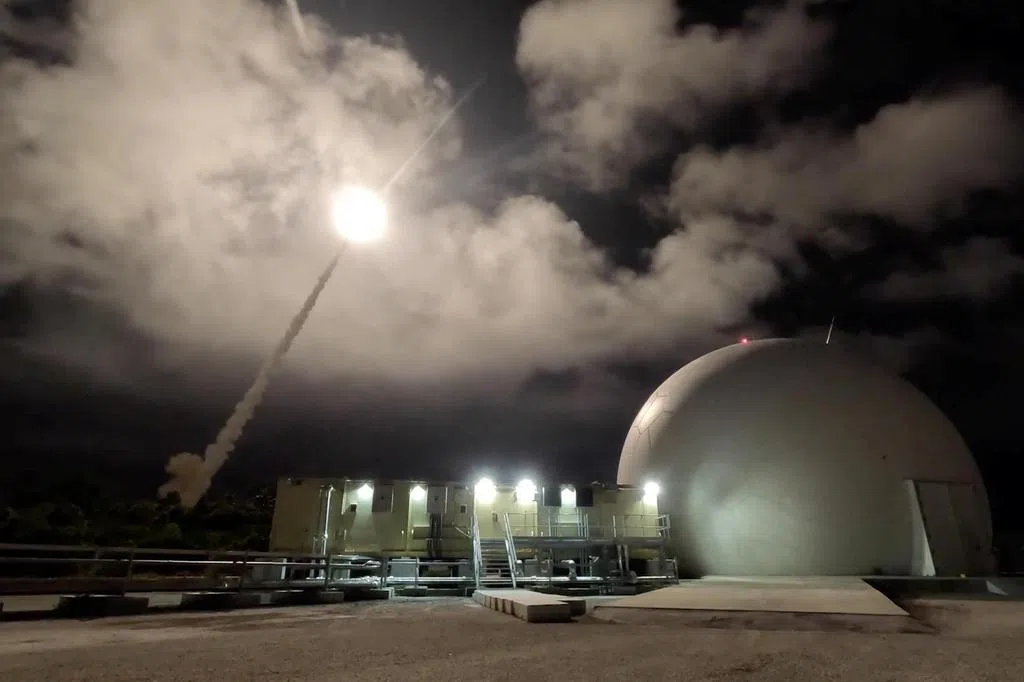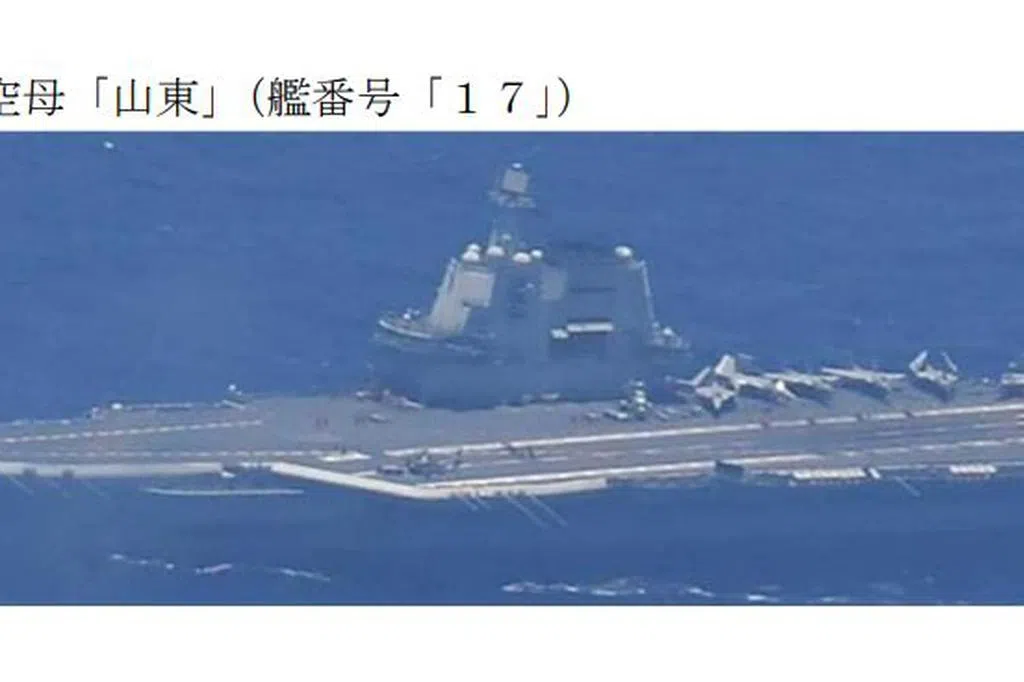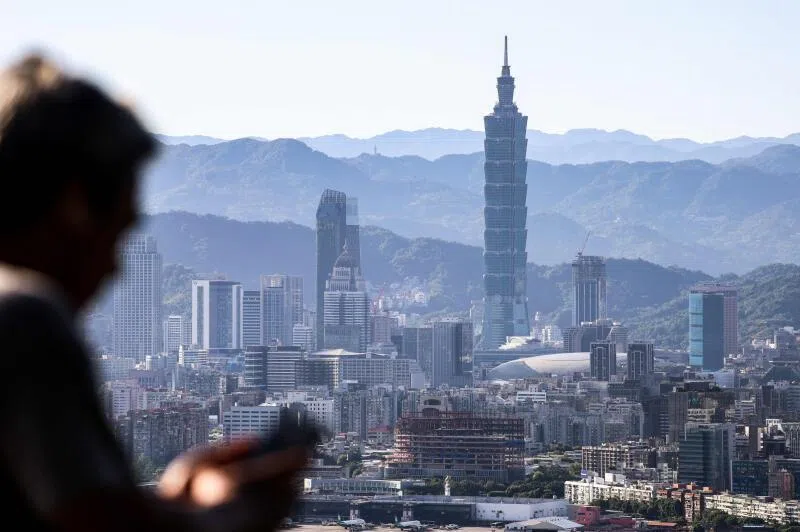(Guam) The Wall Street Journal reports that the Pentagon is strengthening Guam's defenses to transform this U.S. Pacific territory, closer to Beijing than Hawaii, into a pillar of the U.S. Pacific strategy.
The report, citing U.S. military officials, says the U.S. is strengthening its bases on Guam to deter an increasingly powerful China from using force to take over Taiwan and to demonstrate the U.S.'s readiness for combat.
The report notes that the plan is costly and logistically challenging, and must also counter existing Chinese weapons, such as the upgraded DF-26 missile. This missile, nicknamed the "Guam Killer," has a range sufficient to reach U.S. bases in Guam.
Furthermore, Guam is more than 2,414 kilometers from two major regional hotspots, Taiwan and the South China Sea, leading some to question the security benefits of deploying significant military assets there.
"Some believe Guam is crucial because of its location, and we must ensure we can effectively operate from it," said Zack Cooper, a former U.S. defense official now at the American Enterprise Institute, a Washington think tank. "Others believe it's impossible to defend Guam at an acceptable cost, and we should prioritize diversification of our military deployments."
Read more


The United States plans to invest $6.2 billion (approximately S$8 billion) in Guam between 2019 and 2028 for so-called military posture projects. U.S. military officials point out that due to logistical challenges, construction costs in Guam can be three times higher than elsewhere in the United States.
However, Guam does have some advantages. In the event of a conflict in the Taiwan Strait, the island would serve as a key resupply point for submarines, aircraft carriers, and other ships. "Guam is key to America's ability to defend itself, project power, maintain alliances and partnerships, and, most importantly, deter aggression," said Admiral Paparo, commander of the U.S. Indo-Pacific Command, at a defense conference in Guam last month.
The U.S. military has begun testing components of the Guam defense system. Among them is a new radar system capable of detecting threats from any direction. U.S. officials point to Washington's deployment of its latest and most powerful technology to Guam as a testament to its commitment to the island.
However, some analysts worry that these technologies are still in the experimental stage and that hypersonic missiles, of which China is a leader, could evade detection.













